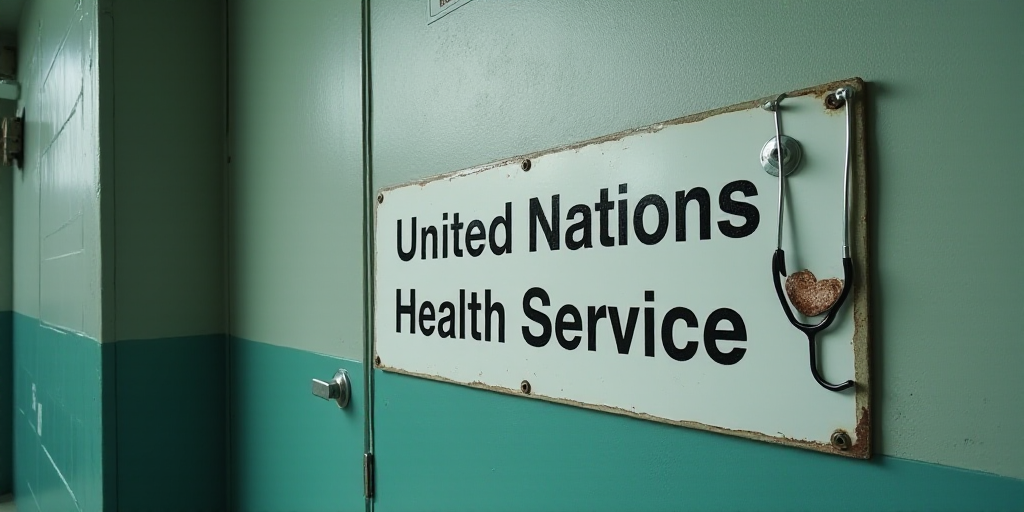Background on Yellow Fever and its Impact
Yellow fever is a viral disease transmitted by mosquitoes, primarily in tropical and subtropical areas of Africa and the Americas. It’s preventable with an effective vaccine, yet it still poses a significant public health concern. The World Health Organization (WHO) has reported that yellow fever cases in the Americas have tripled, highlighting the urgent need for coordinated efforts to control its spread.
WHO’s Role and Response
The WHO is actively assisting affected countries in implementing coordinated measures to address yellow fever cases and outbreaks. This includes strengthening surveillance systems, enhancing vaccination campaigns, and promoting vector control strategies to reduce mosquito populations.
Key Affected Regions
- Brazil: The country has been grappling with a significant yellow fever outbreak, particularly in its Amazon region.
- Colombia: Yellow fever cases have also surged, with the majority of infections reported in the department of Cordoba.
- Venezuela: The country faces challenges in controlling the disease due to its weakened healthcare system.
- Other affected nations include Ecuador, Peru, and Panama.
Why Yellow Fever Matters
Yellow fever can cause severe illness and death, with symptoms ranging from mild fever to more severe complications such as organ failure, hemorrhaging, and shock. The disease’s impact extends beyond individual health, affecting economies and public trust in healthcare systems. Outbreaks can lead to travel restrictions, trade barriers, and decreased tourism.
Vaccination Efforts
The WHO emphasizes the importance of vaccination as a primary defense against yellow fever. The existing vaccine is safe, effective, and provides long-lasting immunity. Mass vaccination campaigns have historically proven successful in controlling and eliminating yellow fever in many regions. However, challenges remain, including ensuring adequate vaccine supply, reaching remote populations, and maintaining high vaccination coverage.
Community Engagement and Prevention
Beyond vaccination, community engagement is crucial in combating yellow fever. Educating the public about mosquito breeding site elimination, proper waste disposal, and the use of insect repellents can significantly reduce transmission. Collaborative efforts between governments, health organizations, and local communities are essential for effective prevention strategies.
Key Questions and Answers
- What is yellow fever? Yellow fever is a viral disease transmitted by mosquitoes, primarily in tropical and subtropical areas of Africa and the Americas. It can cause severe illness, including organ failure and hemorrhaging.
- Why is the WHO involved? The WHO plays a critical role in coordinating global health efforts, including supporting countries affected by yellow fever outbreaks through surveillance, vaccination campaigns, and vector control strategies.
- Which countries are most affected? Brazil, Colombia, Venezuela, Ecuador, Peru, and Panama have reported increased yellow fever cases in recent times.
- How can yellow fever be prevented? Vaccination is the most effective way to prevent yellow fever. Community engagement, mosquito control, and proper waste disposal also play vital roles in reducing transmission.






